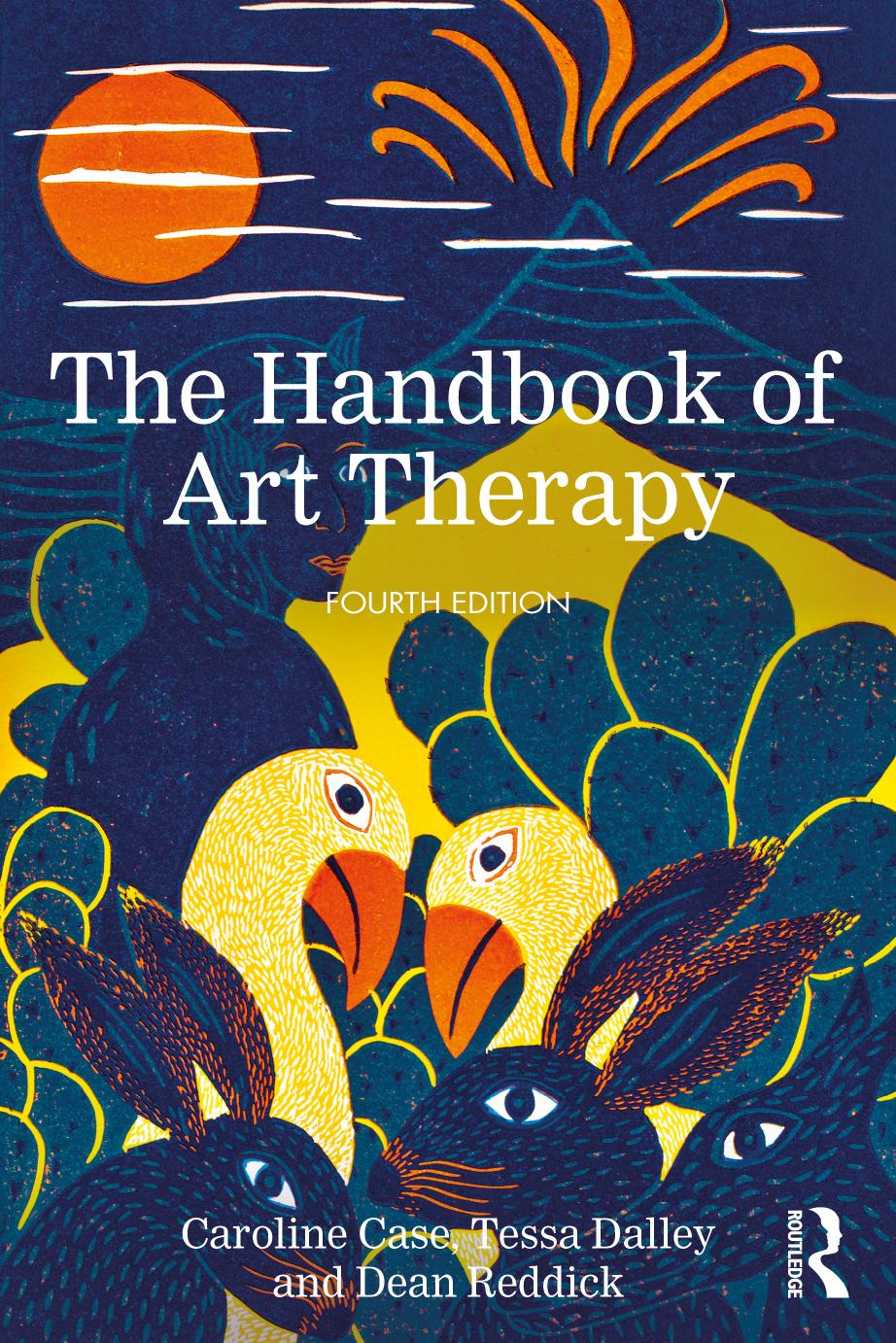

Most ebook files are in PDF format, so you can easily read them using various software such as Foxit Reader or directly on the Google Chrome browser.
Some ebook files are released by publishers in other formats such as .awz, .mobi, .epub, .fb2, etc. You may need to install specific software to read these formats on mobile/PC, such as Calibre.
Please read the tutorial at this link: https://ebookbell.com/faq
We offer FREE conversion to the popular formats you request; however, this may take some time. Therefore, right after payment, please email us, and we will try to provide the service as quickly as possible.
For some exceptional file formats or broken links (if any), please refrain from opening any disputes. Instead, email us first, and we will try to assist within a maximum of 6 hours.
EbookBell Team

0.0
0 reviewsThe Handbook of Art Therapy has become the standard introductory text into the theory and practice of art therapy in a variety of settings. The comprehensive book concentrates on the work of art therapists and the way that art and therapy can combine in a treatment setting to promote insight and change.
In this fourth edition, readers will gain both a historical overview of art therapy and insight into contemporary settings in which art therapists work, with a new chapter on the use of new technology and working online.
The authors are highly experienced in the teaching, supervision and clinical practice of art therapy. Using first-hand accounts from therapists and patients, they look particularly at the role of the art work in the art process and setting in which it takes place. Chapters explore the theoretical background from which art therapy has developed and the implications for practice including the influence of art and psychoanalysis, creativity, aesthetics and symbolism, and the impact of different schools of psychoanalytic theory. Also featured is an extensive bibliography, encompassing a comprehensive coverage of the current literature on art therapy and related subjects.
Covering basic theory and practice for clinicians and students at all levels of training, this book remains a key text for art therapists, counsellors, psychotherapists, psychologists and students at all levels, as well as professionals working in other arts therapies.